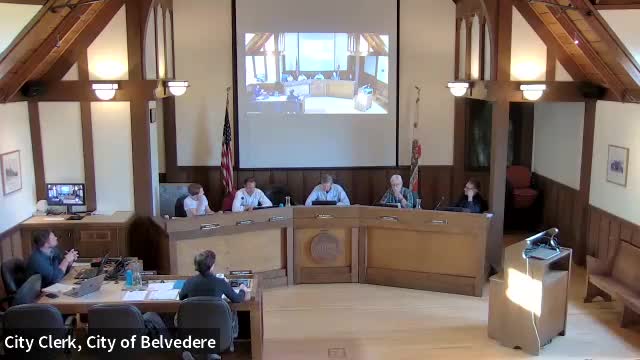Insurers Face Tough Questions Over High Earthquake Premiums
November 18, 2024 | Belvedere, Aiken County, South Carolina
This article was created by AI summarizing key points discussed. AI makes mistakes, so for full details and context, please refer to the video of the full meeting. Please report any errors so we can fix them. Report an error »

In a recent government meeting, officials discussed the exorbitant costs associated with earthquake insurance premiums, which have raised concerns about the financial viability of securing adequate coverage for critical infrastructure. One participant highlighted that the current premium stands at $5 per $100 of coverage, a stark contrast to the $1 to $2 per $1,000 range typical for other commercial properties in seismic zones. This discrepancy suggests a significant expectation of loss, estimated at once every 20 years.
The discussion revealed that the insurance market's assessment was influenced by engineering studies indicating vulnerabilities in local infrastructure, including levees and seawalls. Despite inquiries into the underwriting process, officials noted that the insurance providers did not delve deeply into the specifics of the infrastructure's condition, relying instead on general market indicators.
Concerns were also raised regarding the deductible structure, with officials exploring options for higher deductibles to potentially lower premiums. A request for a 50% deductible was made but remained unanswered after several months of follow-ups. Participants emphasized the importance of understanding how different deductible levels would impact premium costs, especially given the substantial reserves available to cover potential losses.
The meeting underscored the complexities of navigating the insurance landscape for earthquake coverage, particularly in light of the unique risks posed by local geological conditions. As officials continue to seek viable insurance solutions, the discussions reflect a broader challenge faced by many in high-risk areas: balancing adequate coverage with the financial implications of high premiums and deductibles.
The discussion revealed that the insurance market's assessment was influenced by engineering studies indicating vulnerabilities in local infrastructure, including levees and seawalls. Despite inquiries into the underwriting process, officials noted that the insurance providers did not delve deeply into the specifics of the infrastructure's condition, relying instead on general market indicators.
Concerns were also raised regarding the deductible structure, with officials exploring options for higher deductibles to potentially lower premiums. A request for a 50% deductible was made but remained unanswered after several months of follow-ups. Participants emphasized the importance of understanding how different deductible levels would impact premium costs, especially given the substantial reserves available to cover potential losses.
The meeting underscored the complexities of navigating the insurance landscape for earthquake coverage, particularly in light of the unique risks posed by local geological conditions. As officials continue to seek viable insurance solutions, the discussions reflect a broader challenge faced by many in high-risk areas: balancing adequate coverage with the financial implications of high premiums and deductibles.
View full meeting
This article is based on a recent meeting—watch the full video and explore the complete transcript for deeper insights into the discussion.
View full meeting